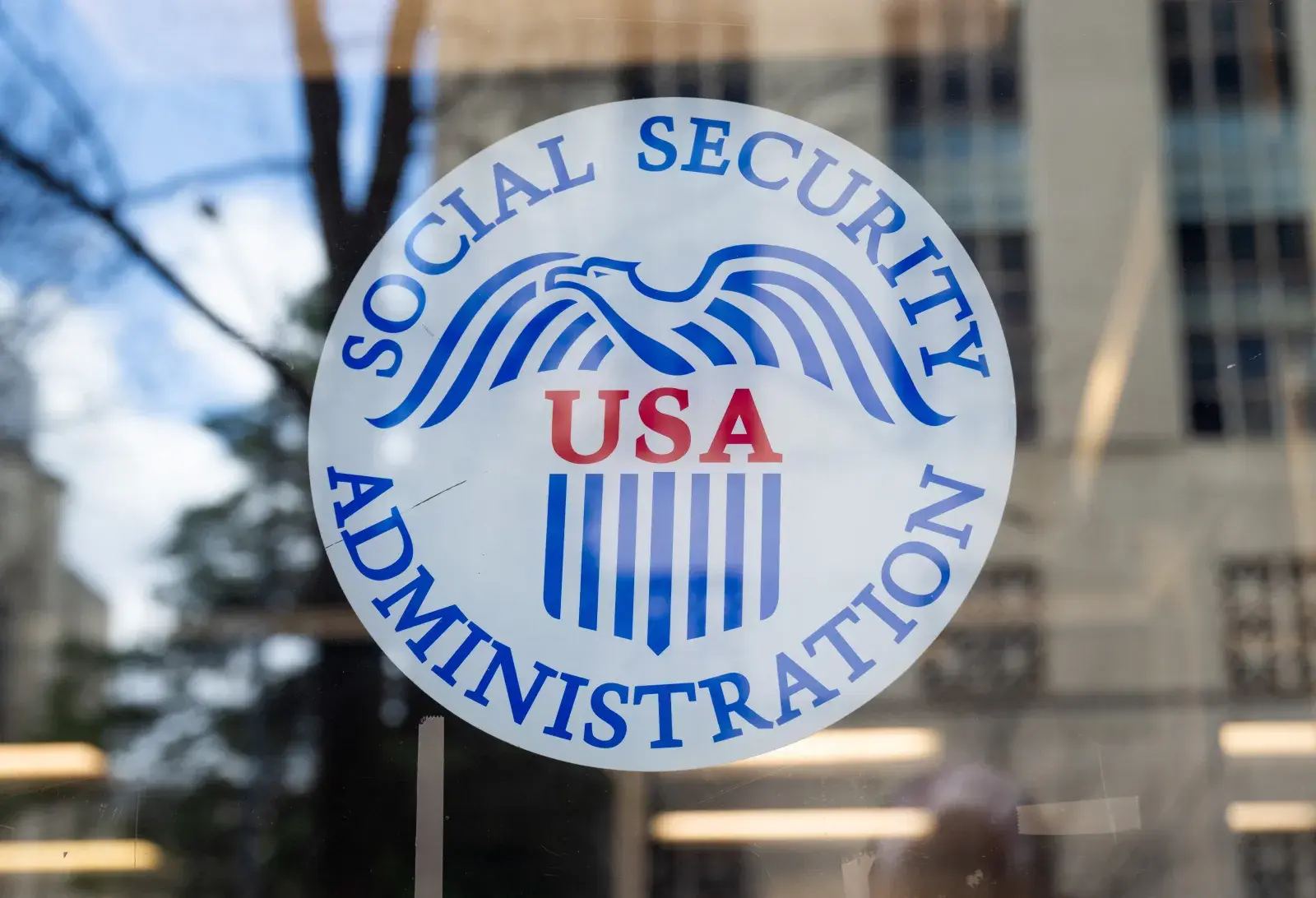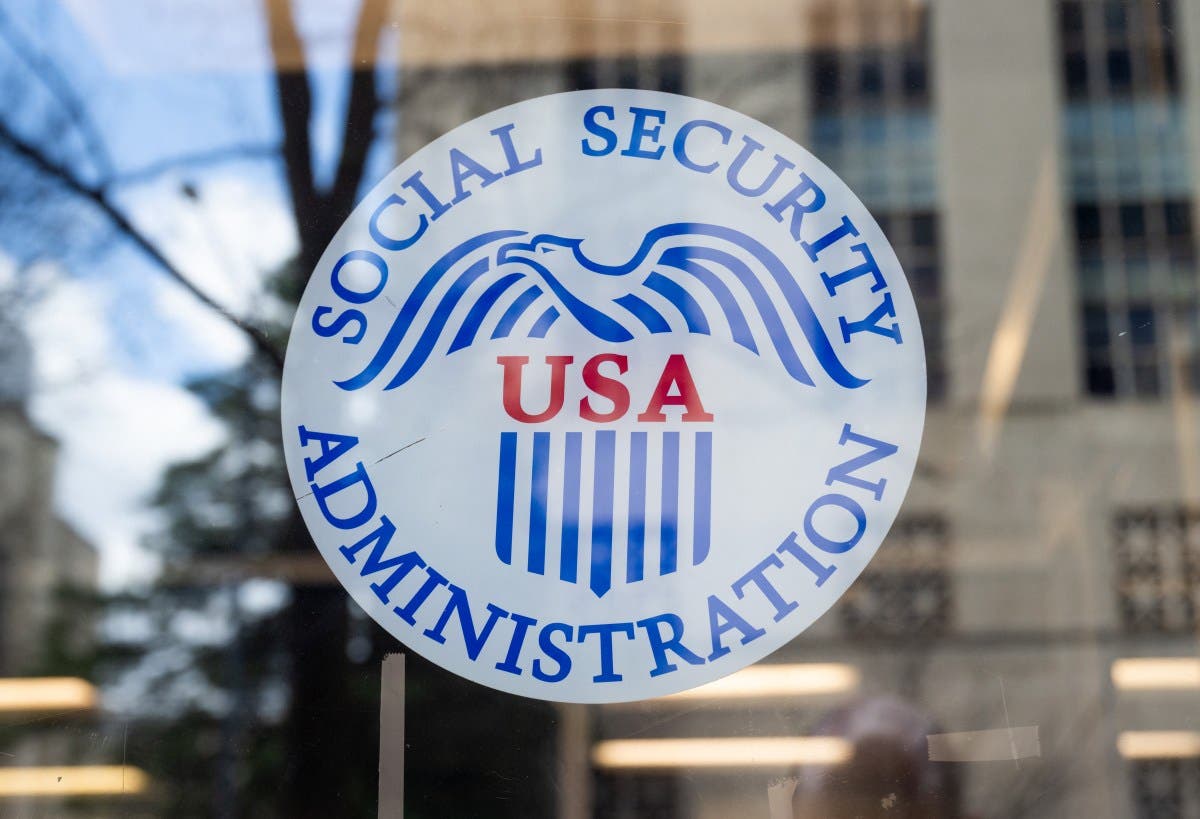The Senior Citizens League (TSCL) has issued a warning over the upcoming cost-of-living adjustment, also known as COLA, alleging that the benefit increase for seniors is “only going to get worse.”
The organization’s analysis revealed that the average senior who retired in 1999 has lost nearly $5,000 in Social Security payments due to the government using the CPI-W, a price index that tracks inflation for people who work and live in cities.
Instead, TSCL is calling for the government to calculate payment increases based on the CPI-E, which is designed to reflect seniors’ inflation specifically and tends to come in slightly higher than the CPI-W. On average, the CPI-E is 0.1 percentage points higher than the CPI-W.
Why It Matters
Around 70 million Americans rely on Social Security payments each month. While the COLA is typically announced every year on October 15, the government shutdown has delayed its announcement to October 24.
 What To Know
What To Know
The annual Social Security COLA is determined using data from the CPI-W, tracking inflation for urban wage earners and clerical workers. However, experts and advocates have long argued that the CPI-E, which places more weight on costs like housing and health care relevant to seniors, would better reflect realities faced by older Americans.
“Continuing to calculate COLAs with the CPI-W when the CPI-E is already available is a great example of how Congress refuses to make even small changes that would benefit seniors,” TSCL Executive Director Shannon Benton said in a press release. “It’s not as if switching to the CPI-E would involve setting up some new metric. It already exists, and by definition, it’s better for American seniors.”
Over the past 25 years, the CPI-E has exceeded the CPI-W 69 percent of the time, averaging 0.1 percentage points higher, according to the warning. And TSCL suggests that the gap in benefits widens over time: retirees from 1999 are estimated to have lost $5,000 in benefits, while those retiring in 2024 could lose more than $12,000 if the calculation method remains unchanged.
Recent tariffs introduced by the Trump administration have also driven overall inflation higher. This, in turn, could result in a higher COLA for 2026, with TSCL forecasting an increase in the range of 2.7 percent to 2.9 percent.
However, higher monthly benefits may not sufficiently offset increased costs for seniors, especially if key expenses like Medicare premiums outpace the adjustment. In recent years, the highest COLA was 8.7 percent in 2023, but with inflation affecting essential goods and services, seniors’ purchasing power is being eroded.
“When the COLA doesn’t reflect those real expenses, retirees end up losing thousands of dollars over time,” Kevin Thompson, the CEO of 9i Capital Group and the host of the 9innings podcast, told Newsweek. “That’s money that could’ve gone toward the very costs rising fastest.”
Despite bipartisan calls for reform, efforts to switch the COLA calculation to the CPI-E through bills such as the Social Security Expansion Act (2025) and the Social Security 2100 Act (2023) have stalled in Congress.
According to TSCL research, 93 percent of seniors believe Social Security reform should be a top priority for President Donald Trump and Congress.
There could also be longstanding impacts on the workforce due to today’s COLA.
“Delaying a decision on the 2026 COLA as well as using the incorrect COLA could eventually force people to stay in the workplace longer that, perhaps, should be transitioning out or force them back to work if they’ve already exited,” Rachel Shaw, an HR executive from Rachel Shaw Inc., told Newsweek.
“An aging workforce may result in a few considerations for employers: the money the government is saving will just transition to them in the form of higher workers’ compensation, potentially higher leave usage and higher short-term and long-term private disability claims. This also makes younger workers struggle to find jobs as seniors take part-time jobs usually reserved for youth workers, making less room for Gen Z and Alpha to begin their careers.”
What People Are Saying
TSCL Executive Director Shannon Benton said in the release: “If Congress continues to pass the buck on switching to the CPI-E, the problem is only going to get worse and worse. Current retirees’ Social Security benefits will fall further behind inflation, while future retirees won’t just fall behind—they’ll start from the back.”
9i Capital Group CEO Kevin Thompson told Newsweek: “The CPI-E would provide a retirement boost, but we’re talking about a few thousand dollars difference over a lifetime, not a windfall. Still, it makes sense that health care and housing should carry more weight. Those are real pain points for people living on fixed incomes.”
Alex Beene, a financial literacy instructor for the University of Tennessee at Martin, told Newsweek: “This has been an ongoing argument for years in terms of how COLA is calculated. Currently, Social Security determines its yearly adjustment by the CPI-W, a price index that some claim is unfair as it leans too heavily in tracking just the spending of Americans in major metro areas and doesn’t accurately capture the real effects of inflation on all seniors. If the administration switched to CPI-E, it would result in more money for many seniors in payments, to the tune of thousands of dollars. A change any time soon is unlikely, though.”
What Happens Next
While there have been efforts in Congress to switch from CPI-W to CPI-E, none of the legislation has gained much momentum.
“The bigger issue is the overall Social Security reform that’s coming, and it’s not about bigger checks,” Thompson said, referring to Social Security’s impending funding shortfall.
“The COLA formula probably won’t change anytime soon. Lawmakers can’t afford to increase payouts without a way to fund them. They have already done that with removing the GPO/WEP and providing a temporary Enhanced Deduction for Seniors which reduces social security taxation and trust fund revenue. What’s likely coming instead is some sort of reform, and let’s hope it doesn’t mean benefit cuts for the people who can least afford them.”
